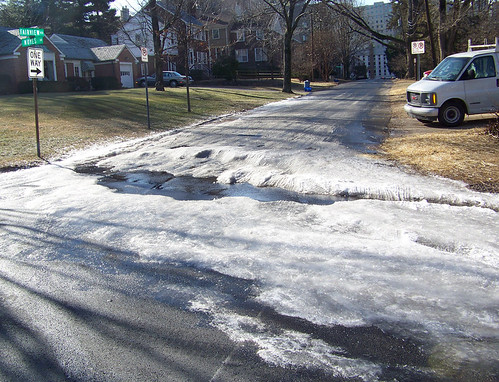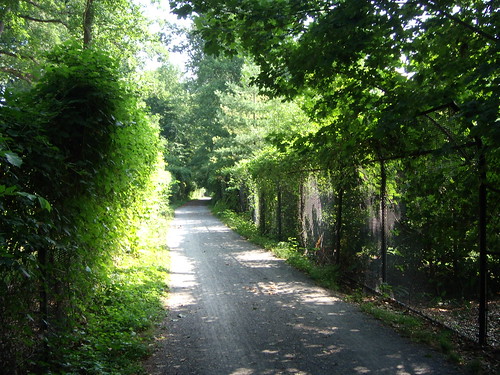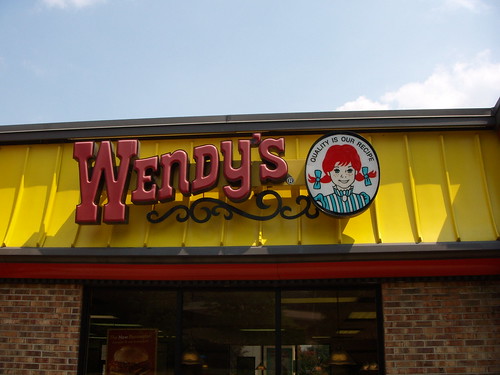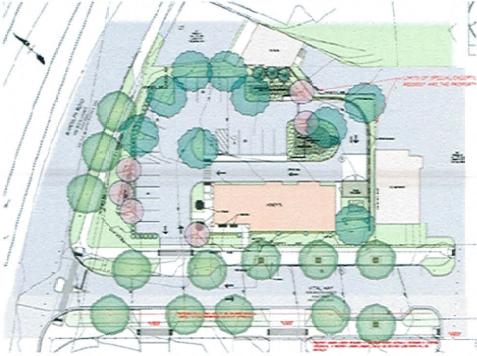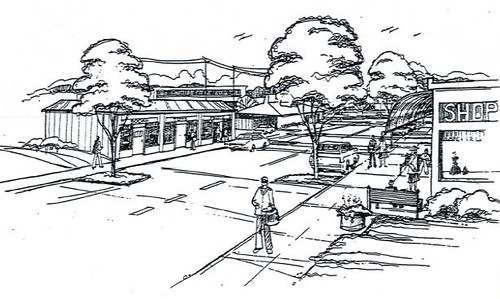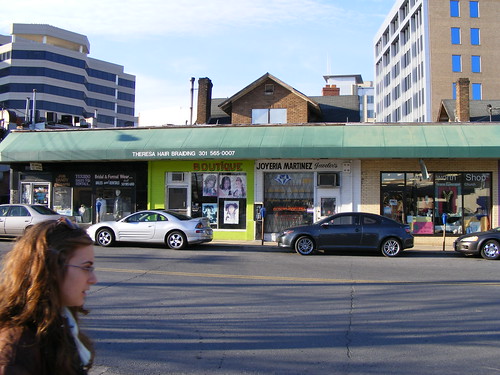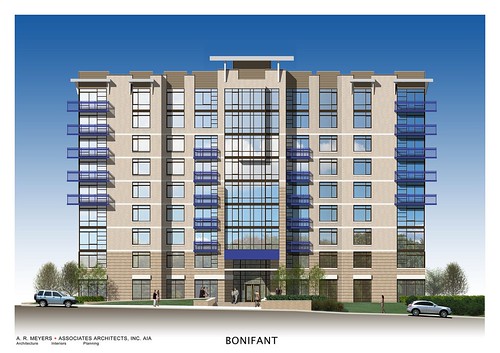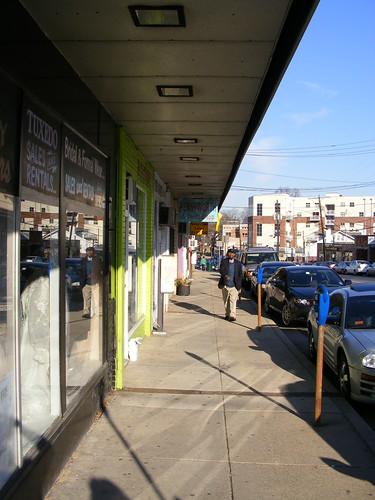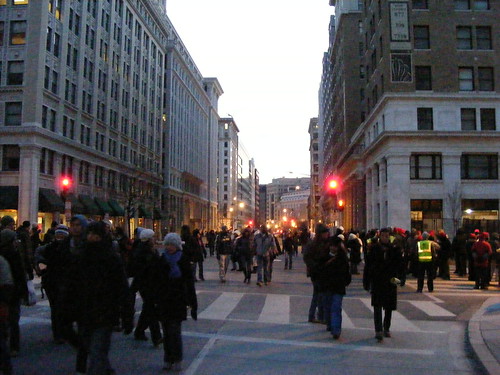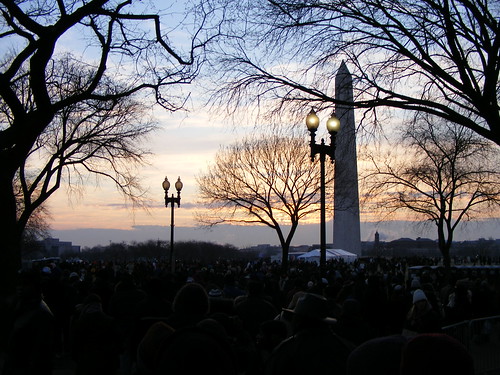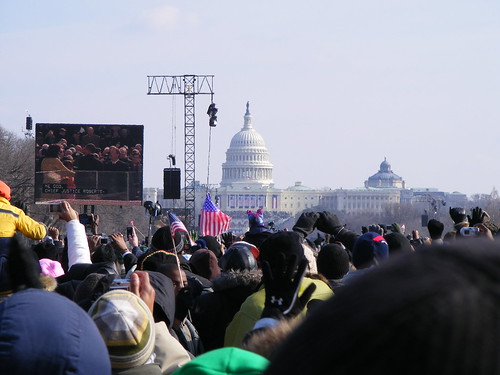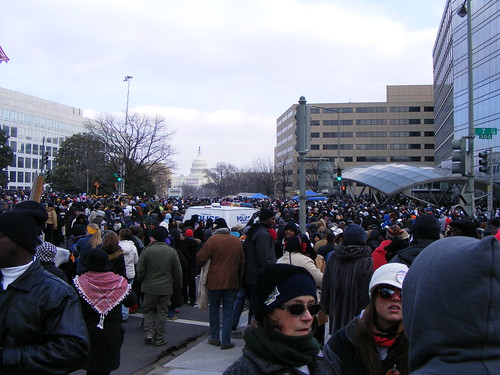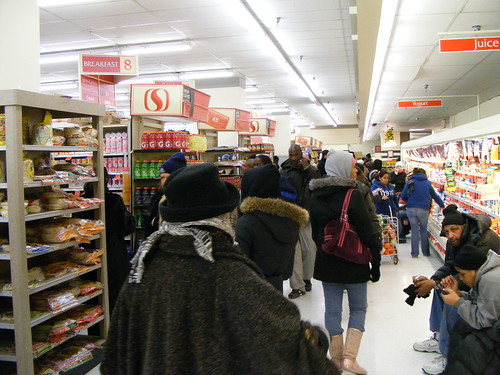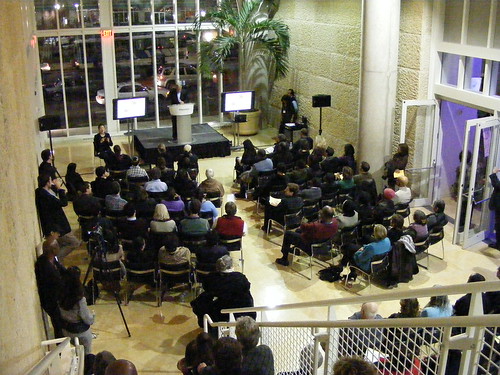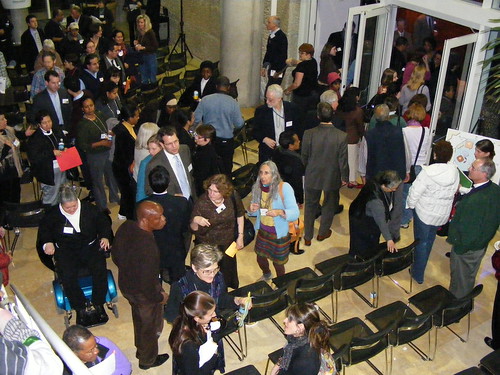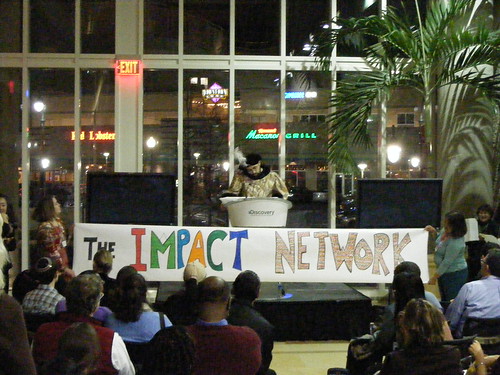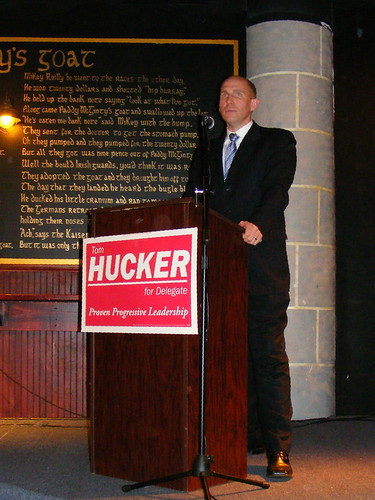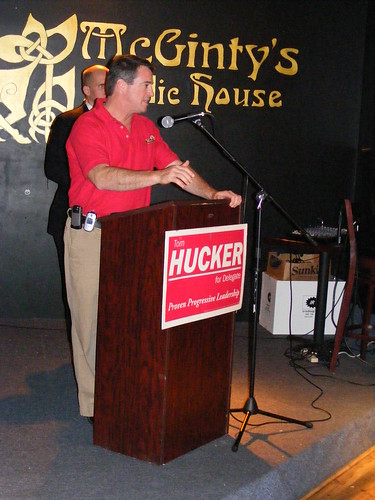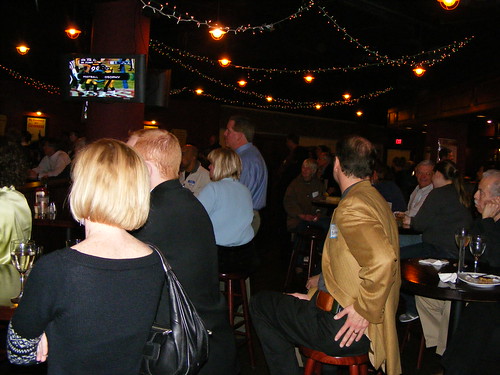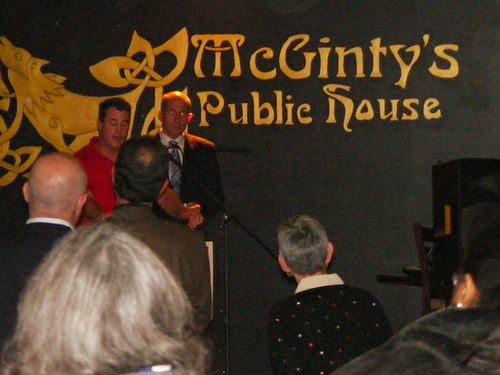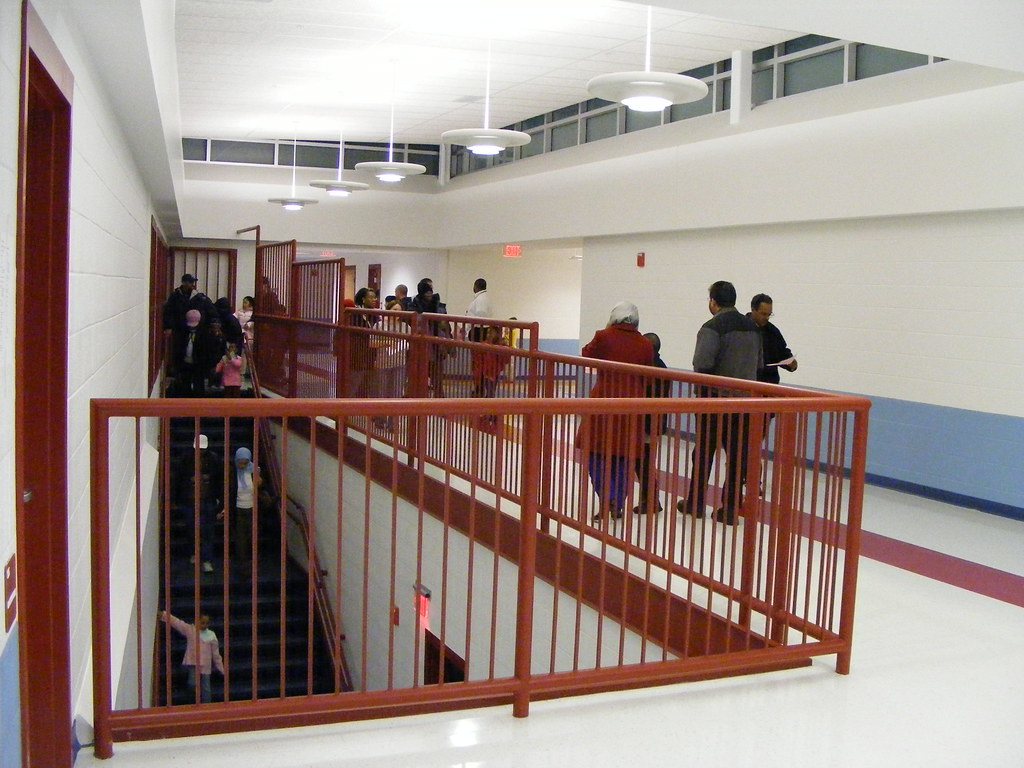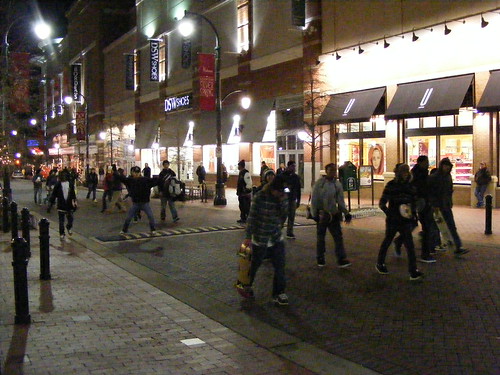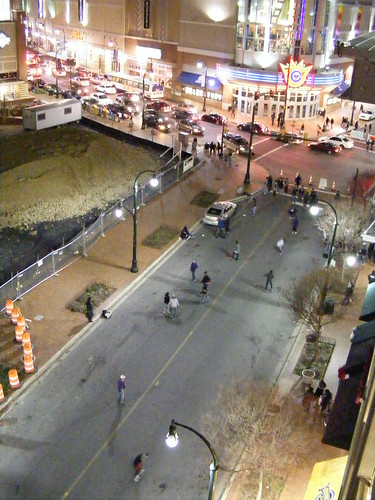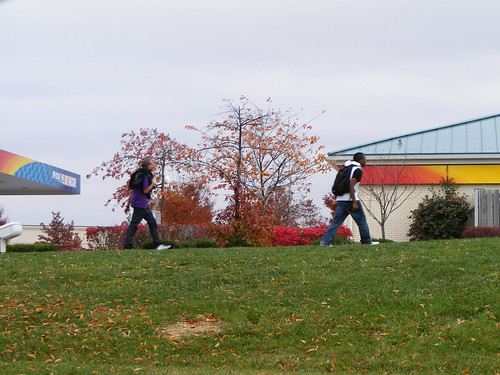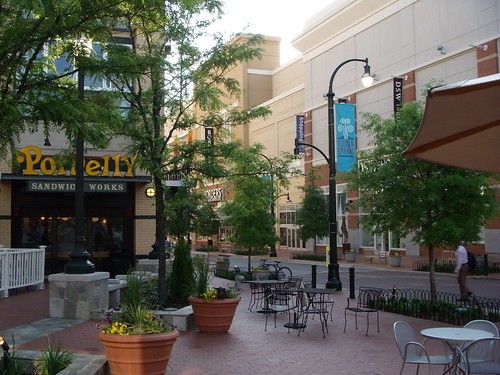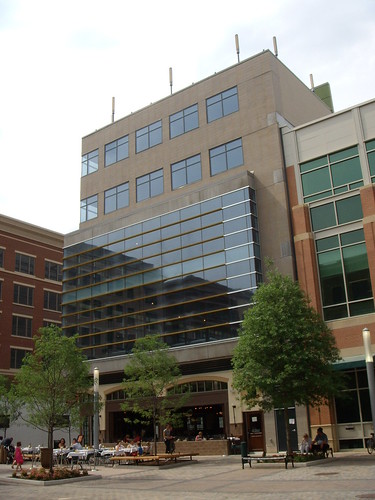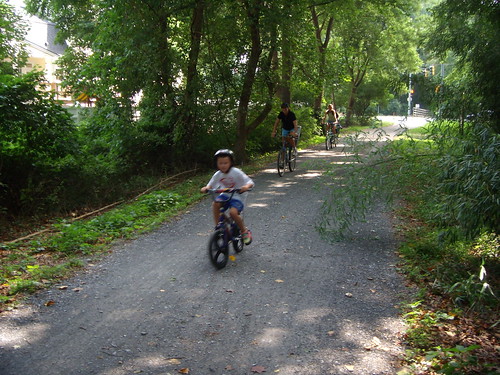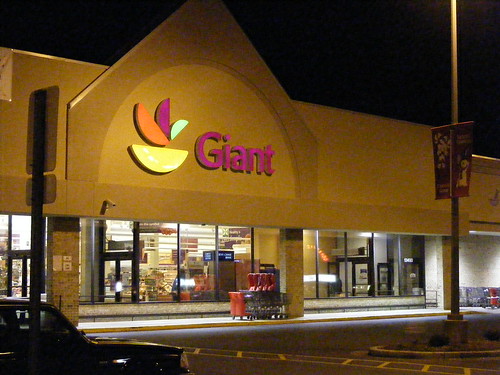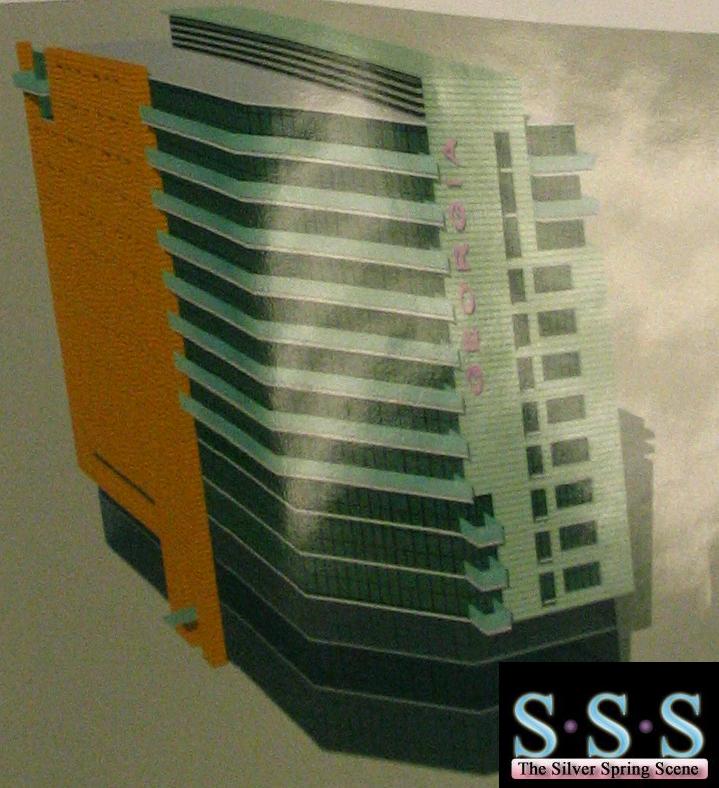 Rendering of the Eco-Estate @ Briggs Chaney. Photo courtesy of Showcase Architects.
Rendering of the Eco-Estate @ Briggs Chaney. Photo courtesy of Showcase Architects.Before the economy disappeared (or perhaps because of it) there's been a lot of discussion of "green" building techniques, especially here in East County. Both the proposed
White Oak Recreation Center and
Burtonsville Town Square shopping center are gunning for some certification on the LEED rating system, which measures how environmentally sustainable a building is. For instance, Burtonsville Town Square will use geothermal heat pumps, which carry warm air from four hundred feet below ground to the surface, instead of using an electric or gas-powered furnace.
If you've driven down Briggs Chaney Road in Cloverly recently, you've probably seen the "
Eco-Estate," a new home being designed and built by Showcase Architects as a laboratory for environmentally-friendly building techniques. It is also ugly, with the massing of a warehouse, the charm of a strip mall and failing even to do the faux-Colonial thing that every other McMansion in East County does in a cheap attempt at paying homage to this region's architectural heritage.
 Model of the Eco-Estate @ Briggs Chaney. Photo courtesy of Showcase Architects.
Model of the Eco-Estate @ Briggs Chaney. Photo courtesy of Showcase Architects.But my beef with the Eco-Estate has less to do with its looks than the idea that building a super-sized house with a three-car garage on an acre-plus lot in an edge-suburban area miles from schools, workplaces and [most] shopping (it's a thirteen-minute walk to the Safeway in Cloverly, says
Google Maps) is "green" because you used Energy Saver appliances. There are many notable environmentally-friendly features - the same heat pumps planned for Burtonsville Town Square, for instance - but one that could have saved the most energy was ignored completely.
We haven't talked enough about "green" planning - reducing energy use by making it easier to get around without a car, and reducing impacts on the natural environment by building in existing communities. The
Downtown Silver Spring revitalization is a good example of this or, on a smaller scale, the twenty-year-old
Wyndcrest development in Ashton. Neither of these projects could get a LEED rating, but they've been noted for their eco-friendliness by making it easy to walk to schools, shops and transit. In Wyndcrest, homes are sited on small lots, using up less land in a community still dominated by farms and forests.
 Wyndcrest in Ashton. Photo courtesy of Rodgers Consulting.
Wyndcrest in Ashton. Photo courtesy of Rodgers Consulting.The real "Eco-Estate" would be located closer-in, near Metro, maybe in one of the neighborhoods around Downtown Silver Spring or Wheaton where you won't need a three-car garage because the occupants won't need three cars. Or it could still be in Cloverly, but next to the town center, allowing a real village to form while not disturbing the semi-rural areas around it. The house would also be much smaller, reducing energy use solely because you have fewer rooms to heat.
If we're going to make this house an example of "green" design, it should show every single way that a family could reduce their impact on the planet. (It would also be nice if the architects actually put some architecture on this house as well, because as it currently stands, the most environmentally-friendly way to improve the Eco-Estate would be to put it out of its misery.)
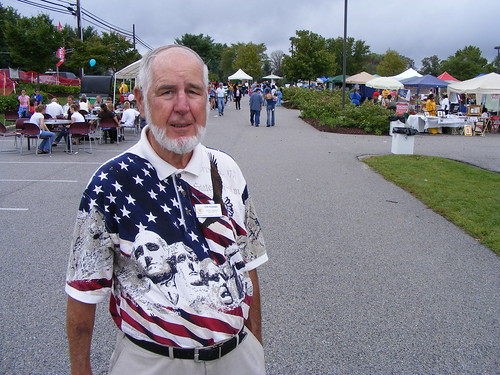 Councilmember Don Praisner at Burtonsville Day last year.
Councilmember Don Praisner at Burtonsville Day last year.
